Adaptive additives enhance amino acid digestibility
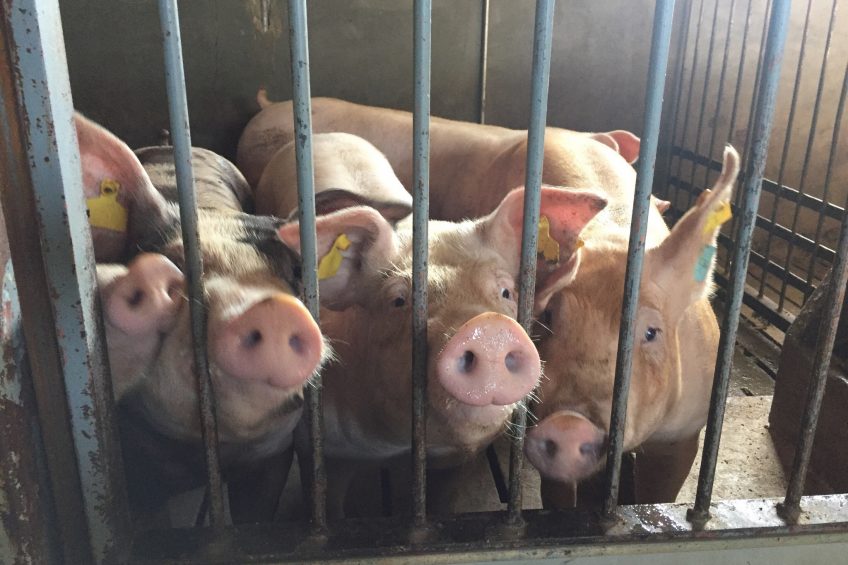
Applying feed additives in feed may not always work consistently, as the substrates inside any pig’s gastro-intestinal tract are different. A novel feed additive having an adaptive enzyme producing capacity, however, has been observed to overcome that.
While intensive, indoor pig production is the most effective and economic way to raise pigs, it is not without its limitations. Maximising feed efficiency, achieving a consistent growth rate and controlling and preventing diseases are common challenges that can be difficult to overcome within the standard grower-finisher pig production model.
Historically, producers have used antibiotics as a cost effective tool to reduce the impact of disease and environmental pathogens on growth. However, government-mandated withdrawal of in-feed antibiotics in some countries and mounting consumer pressures in others have left producers searching for alternatives.
Disappointing results from past trials have made many producers sceptical of feed additives outside of phytase. However, researchers found that providing more digestible amino acids to the small intestine, the site of greatest absorption, can provide pigs with the tools to simultaneously support immune function and optimise growth. Emerging research has identified an enzyme/probiotic combination, Syncra SWI, that consistently improves amino acid digestibility, thereby improving growth and reducing feed costs.
Impact of enzymes and probiotics
The solution combines a protease enzyme and a multi-strain Bacillus species probiotic (a direct-fed-microbial; DFM). It consistently delivers digestibility largely due to the probiotic’s agile enzyme producing capacity that adapts to different feed ingredients.
As a live and responsive organism, the multi-strain probiotic can adapt its enzyme production profile to be specific to the available substrate in the small intestine. This enables the same additive to consistently degrade substrate in many different feed ingredients.
Furthermore, the probiotic uses spore-forming Bacillus strains that are highly stable to heat and processing, yet will germinate and thrive in the small intestine of the animal. This acts as an enzyme delivery system that allows unstable enzymes which would not normally survive pelleting or the stomach, to be delivered safely to the small intestine where they are needed to break down substrate.
The exogenous protease enzyme in the strategy targets a wide range of amino acid sequences that are complimentary to pig’s specific endogenous protease activity. These proteases work synergistically with the proteases and fibre-degrading enzymes from the multi-strain probiotic to provide exceptional protein breakdown, which is needed to target fibre-bound protein, liberating amino acids and other nutrients from the complex feed matrix.
Screening studies
A number of enzyme and probiotic screening studies were conducted to search for a solution to improve the solubilisation of the fibre-protein complex in the small intestine in grower pigs. While improvements in performance and digestibility of nitrogen and energy were seen with some enzymes, probiotics, and combinations of the two, it was evident that the protease/multi-strain probiotic combination worked well.
Figure 1 – Improvements in amino acid digestibility with an enzyme/probiotic combination* at a dose of 2500 U/kg protease and 7.5 × 104 CFU/g Bacillus probiotic (DFM) positively correlated with the apparent fraction of undigested amino acids in the diet.

Demand for amino acids
Understanding how the synergistic benefits of the enzyme/probiotic combination are achieved, begins by breaking down the role of amino acids.
The profile of amino acids used by a pig to elicit an immune response is very similar to that required for growth. Therefore, when a pig’s immune system is challenged, amino acids are diverted away from growth. There is an increasing body of evidence that suggests that digestible amino acid supply may be a key limitation to growth and feed efficiency in grower-finisher pigs.
Recent research showed pigs raised in low sanitary conditions performed significantly better when they were provided with a supplemented amino acid diet, containing increased methionine, threonine and tryptophan; as compared to a basal amino acid diet.
Other research showed that high fibre diets increase the amino acid requirements of grower pigs; including threonine, which plays an important role in gut health as well as antibody production. This means that vital amino acids can be diverted away from growth and used instead for gut maintenance.
Furthermore, tryptophan is used to synthesise acute phase proteins – the first line of defence in an immune response. It is thought that the reduction in animal performance in low sanitary conditions is largely due to this competition for dietary tryptophan.
Digestibility of corn/soybean meal-based diets
One study, conducted by Maria Walsh in 2017, explored the potential of this strategy to increase the digestibility of amino acids in pigs fed a corn/soybean meal-based diet. Overall, adding the enzyme/probiotic combination resulted in an average improvement of 33% in the apparent digestibility of amino acids (see Figure 1). This indicates that a greater proportion of amino acids, which are key for growth as well as for supporting immune defence, will be readily available at the key site of absorption.
Impact of fibre-bound protein
The response (Figure 1) was highly correlated to the digestibility and concentration of the amino acid in the diet – meaning there were large improvements in poorly digested amino acids present in high concentrations, and small improvements in amino acids that are highly digestible and present in lower concentrations.
Although corn and soybean meal are known for having relatively high amino acid digestibility, there are considerable fractions of protein in these ingredients that remain bound to fibre and are therefore less digestible. In corn and soybean meal, 1% of protein is bound to fibre. But as the fibre content and/or processing of feed ingredients increases, the proportion of fibre-bound protein also increases, thereby reducing the digestibility and availability of essential amino acids.
For example, corn distiller’s dried grains and solubles (DDGS) has 13.6% of protein bound to fibre. This is compounded by the fact that a number of studies suggest that pigs do not have the capacity to breakdown and liberate nutrients from the fibre-protein complex with only their endogenous digestive capacity from the small intestine.
Consistent data enables accurate analysis
About 75% of these animal trials showed more than 3% feed conversion ratio (FCR) improvement over the control. This consistency has enabled researchers to generate a robust amino acid and energy matrix. When applied to a corn/soybean meal/corn DDGS-based diet formulation for grower-finisher pigs, the matrix shows a cost savings of $ 5.00 to $ 13.00 per short ton (907 kg).
With the growing pressure to remove antibiotics while maintaining performance and health, novel feed additive solutions are becoming increasingly more important. This research demonstrates the potential of the enzyme/probiotic combination and how its ability to breakdown otherwise indigestible substrates can lead to a variety of benefits for pig production, improved and consistent growth performance for sustainable profitability.
References available upon request.
Join 18,000+ subscribers
Subscribe to our newsletter to stay updated about all the need-to-know content in the pigsector, three times a week. Beheer
Beheer

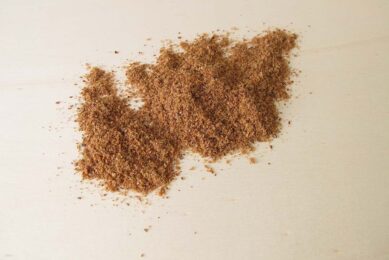
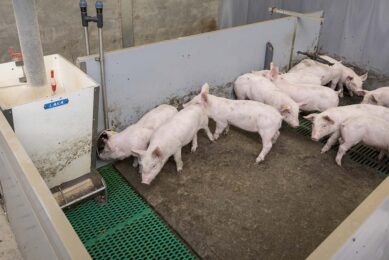
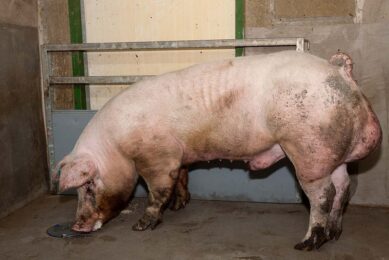
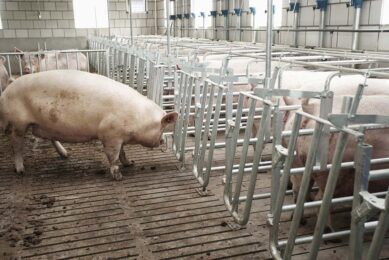





 WP Admin
WP Admin  Bewerk bericht
Bewerk bericht